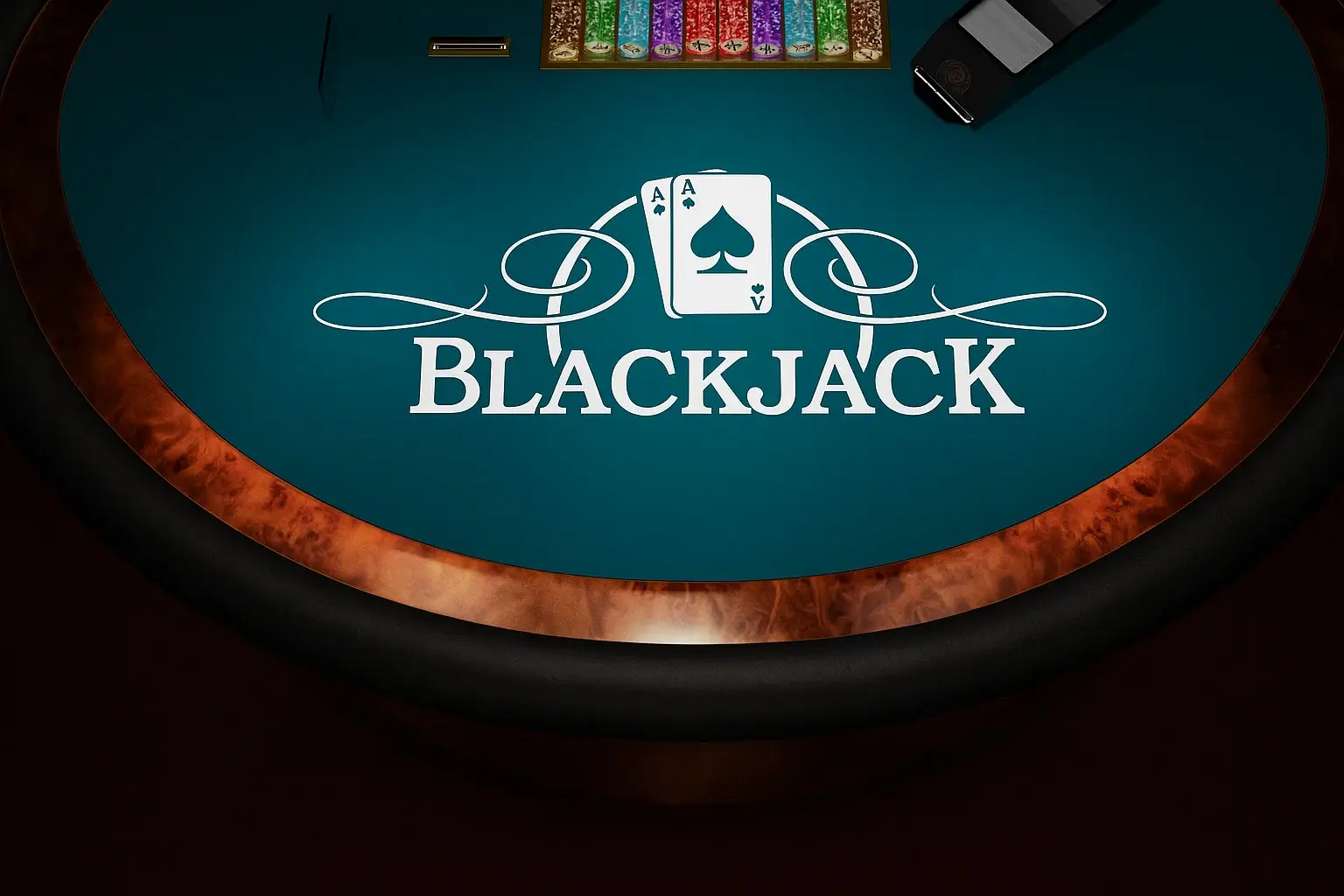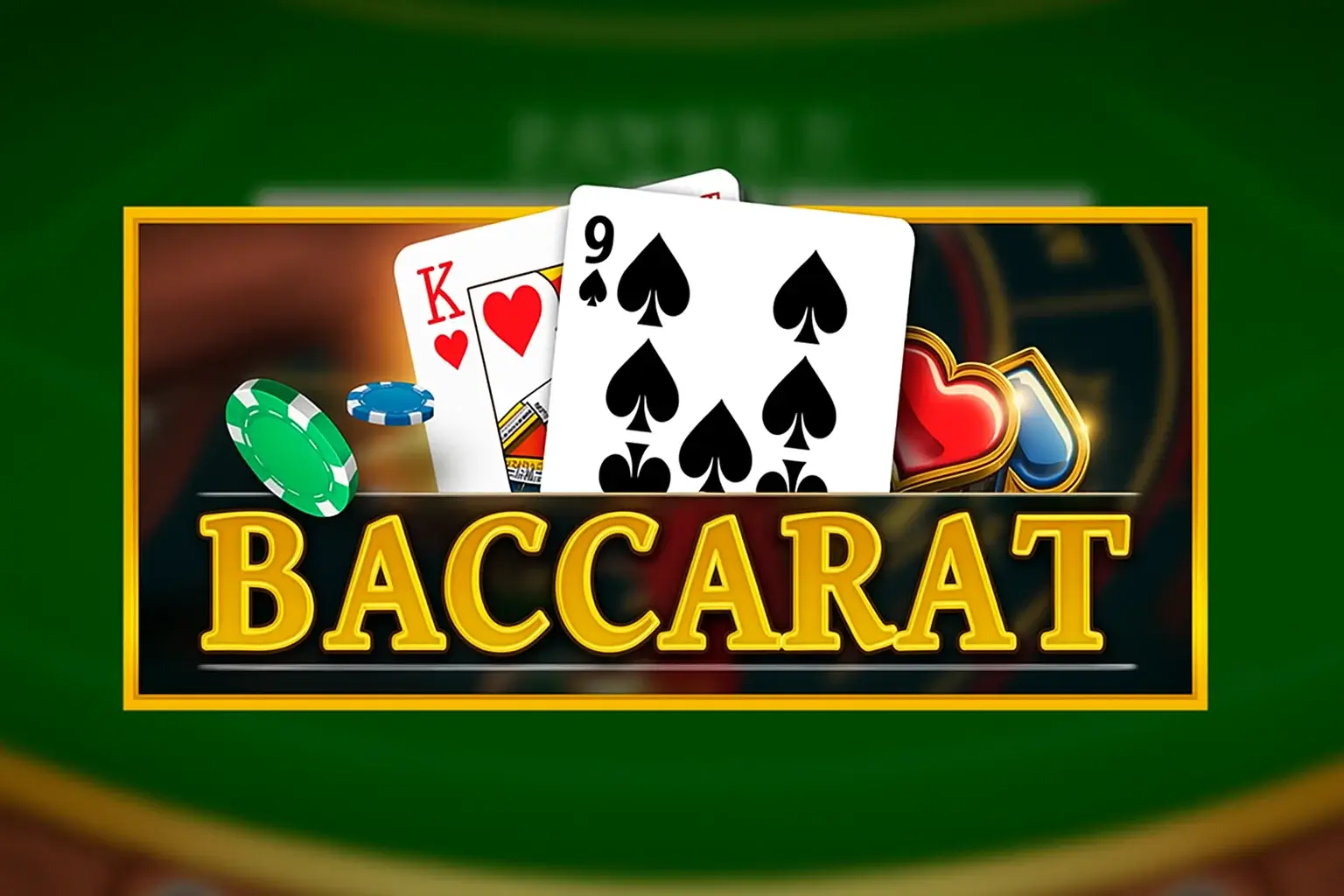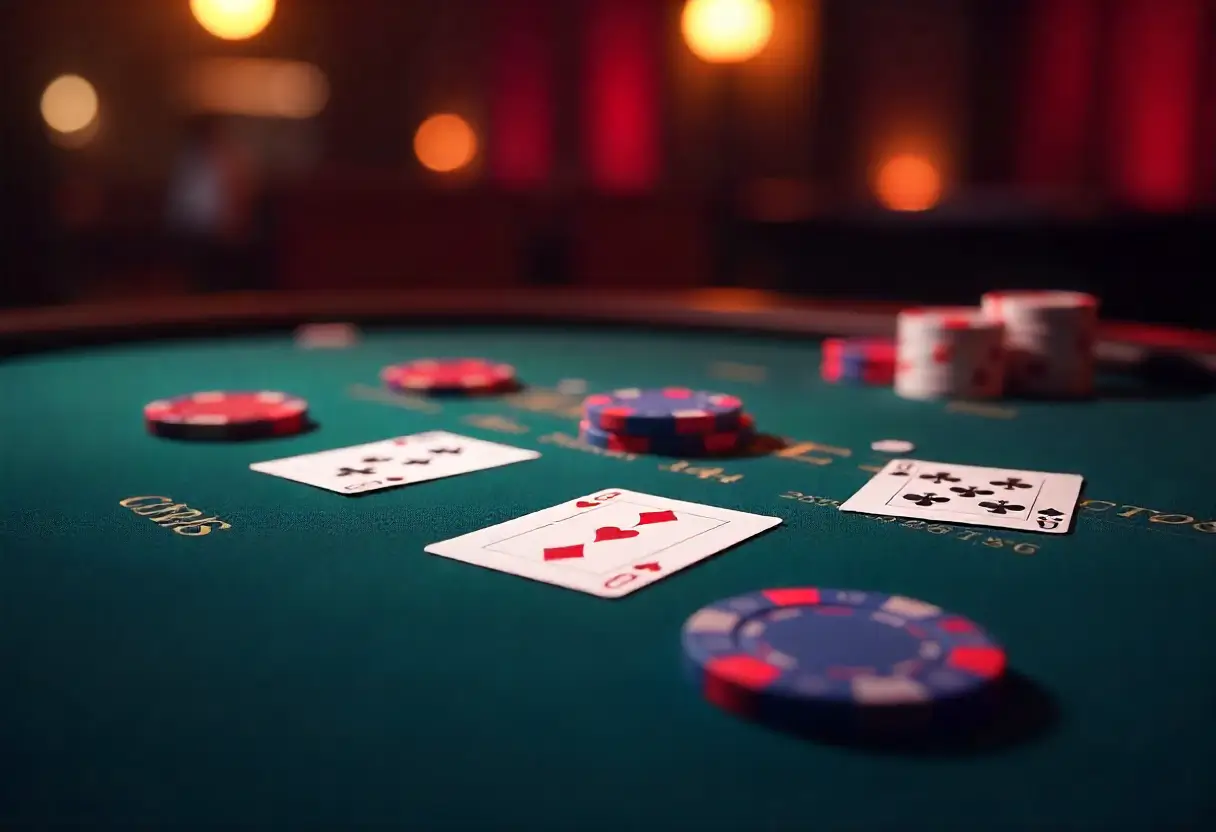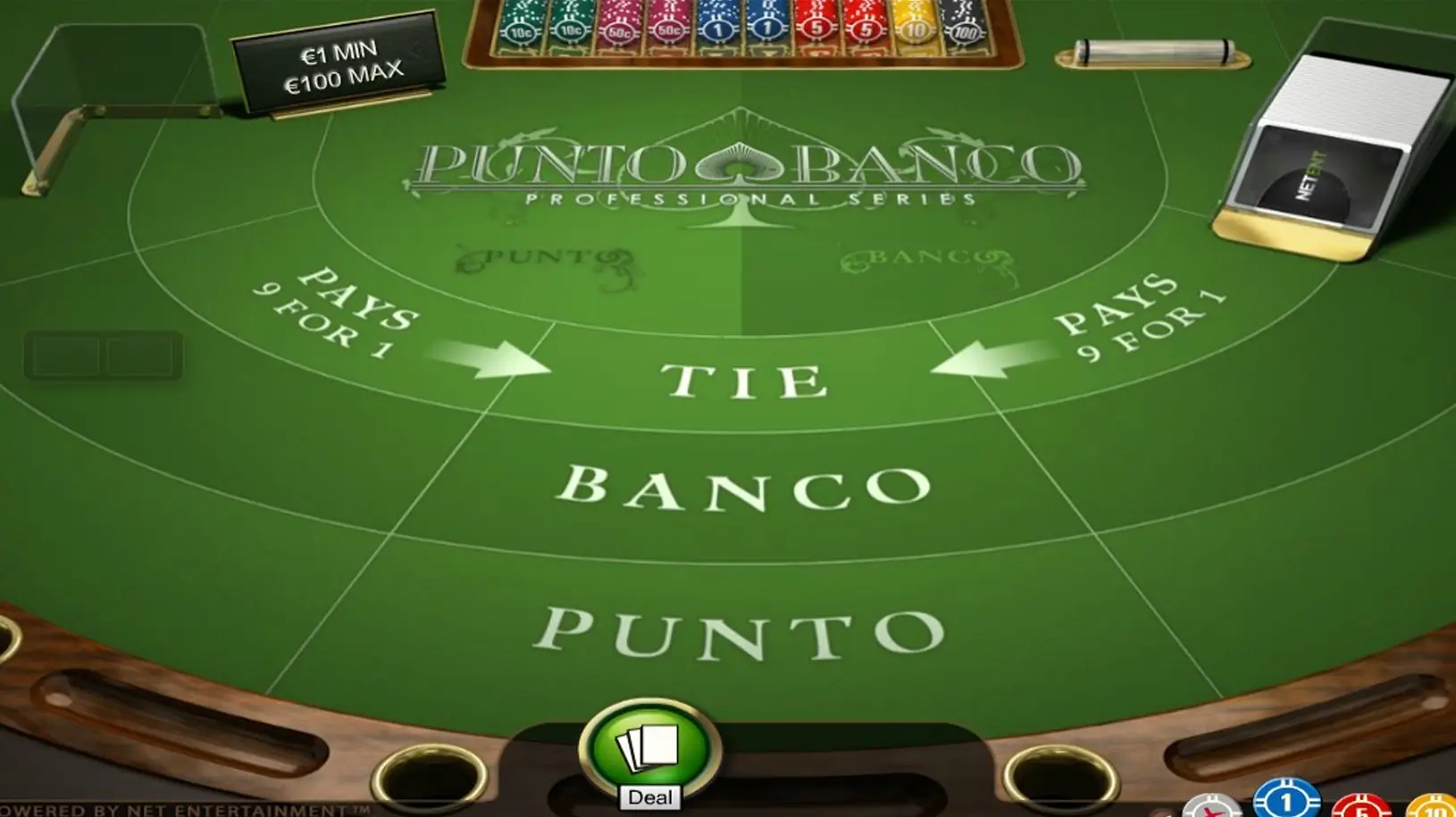Rules, Strategy, and the Variations That Changed the Game
I remember my first time at a blackjack table in Atlantic City. I was nervous, unprepared, and convinced I’d embarrass myself. The dealer looked at me with patient understanding. I was holding a twelve. She was showing a six. I had no idea what to do. I hit. I got a ten. Bust. I lost.
I walked away frustrated, feeling like I’d made the worst decision possible.
Fifteen years later, I realized that hit was actually the correct decision based on basic strategy. My instinct had been right, even though I didn’t understand why. That moment sparked a fascination with blackjack that’s defined my career.
Today, I’m one of the most widely respected blackjack analysts in the gaming industry. I’ve studied the mathematics exhaustively. I’ve spent thousands of hours at blackjack tables. I’ve interviewed professional players. I’ve tested strategies. I’ve analyzed variations.
What I’ve learned is that blackjack is simultaneously the simplest and most strategically sophisticated casino game. A child can learn the basic rules in five minutes. But mastering the strategy? That takes study and practice.
This guide will teach you everything about blackjack – from the absolutely fundamental rules to the sophisticated variations that have emerged over decades. By the end, you’ll understand not just how to play blackjack, but how to play it well.
The Objective: Simplicity Defined
Let me start with the most basic concept. The entire goal of blackjack can be stated in one sentence:
Get cards totaling closer to twenty-one than the dealer without exceeding twenty-one.
That’s it. That’s the entire game. Everything flows from this simple objective.
You’re not playing against other players at the table. You’re not trying to beat them. You’re only competing against the dealer. If the dealer busts (goes over twenty-one) and you haven’t busted, you win. If you get closer to twenty-one than the dealer without busting, you win. If you bust, you lose immediately, regardless of what the dealer does.
That’s why blackjack is so appealing to casual players. The objective is crystal clear. No ambiguity. No confusion. Beat the dealer’s hand without going over twenty-one. That’s it.
The Card Values: Understanding What You’re Holding
Before you can play blackjack, you need to understand how cards are valued. It’s simple but crucial.
Number cards – two through ten – are worth their face value. A two is worth two points. A ten is worth ten points. No confusion.
Face cards – Jack, Queen, King – are all worth ten points. It doesn’t matter which face card you have. All face cards count as ten.
Aces are special. An ace can count as either one or eleven, depending on what helps your hand. This flexibility is one of blackjack’s clever features. If an ace as eleven would bust you, it counts as one instead. This means aces are incredibly valuable – they provide flexibility.
Here’s an example. You have an ace and a five. That’s either 1+5=6 or 11+5=16. Obviously, you want it to count as sixteen, so the ace counts as eleven. Now you have “soft sixteen” – a hand where the ace is counting as eleven. The term “soft” means the hand contains an ace counting as eleven, making it flexible.
If you then get hit with a ten (making your hand ace-five-ten), the ace automatically counts as one, so you have 1+5+10=16. You still have sixteen, but now it’s “hard sixteen” because you don’t have an ace counting as eleven anymore.
This ace flexibility is crucial to blackjack strategy. Understanding soft versus hard hands matters tremendously.
The Deal: How a Round Begins
Before cards are dealt, you place a bet. You decide how much money to wager on this hand. The minimum and maximum bets are set by the casino, but you can bet anything within that range.
Once bets are placed, the dealer deals. In most modern casinos, you receive two cards face up. The dealer also receives two cards – one face up (the “upcard”) and one face down (the “hole card”). Everyone can see your cards and the dealer’s upcard, but nobody except the dealer knows what the dealer’s hole card is.
You add up your two cards’ values. The dealer adds up their visible card plus what they expect to have in the hole. Everyone quickly assesses their position.
Now the play begins. In blackjack, it all comes down to decision-making on your turn.
The Player’s Decisions: Your Options
When it’s your turn to act, you have several choices. Let me explain each one.
Hit: You ask for another card. The dealer gives you an additional card. You add it to your hand’s total and now have three cards (or more, if you keep hitting). You can keep hitting as long as you want, as long as you don’t go over twenty-one.
Stand: You’re satisfied with your hand. You tell the dealer you’re not taking any more cards. Now it’s the next player’s turn (if this is a multi-player game) or it’s the dealer’s turn to act.
Double Down: This is an optional bet. After seeing your initial two cards, you can choose to double down. You double your original bet, but you commit to taking exactly one more card and then standing. You can’t hit after doubling down. This is strategically important because it lets you increase your bet when the odds favor you.
Split: If your two cards have the same value (like two tens, or two eights, or an ace and a king – which both count as ten), you can split them. You separate them into two hands and make a new bet equal to your original bet on the second hand. Now you’re playing two separate hands against the dealer simultaneously. Each hand develops independently.
After you split, you can hit, stand, double down, or hit each hand individually.
This is where blackjack gets strategic. You need to know when to hit, when to stand, when to double, and when to split. The dealer’s upcard matters tremendously in these decisions.
The Dealer’s Obligations: Fixed Rules
Here’s something crucial that makes blackjack fair and predictable: the dealer doesn’t have decisions. The dealer plays by fixed rules that never change.
Once all players have finished their turns, the dealer reveals the hole card. Then the dealer follows a simple protocol:
The dealer must hit on sixteen or less. If the dealer’s hand totals sixteen or less, they must take another card. They have no choice.
The dealer must stand on seventeen or more. If the dealer’s hand totals seventeen or more, they must stop taking cards.
There are variations with “soft seventeen” that I’ll explain in the variations section, but the core concept is the same. The dealer doesn’t make strategic decisions. The dealer follows fixed rules. This removes strategy from the dealer’s side and puts the focus on player strategy.
This is why blackjack is mathematically beautiful. The dealer’s actions are completely predictable. You know exactly what the dealer will do. You only need to optimize your own decisions.
Basic Strategy: The Path to Optimal Play
Here’s where blackjack becomes sophisticated. Basic strategy is the mathematically optimal way to play every hand, given the dealer’s upcard.
Basic strategy is based on probability. Mathematicians have calculated the correct action for every possible combination of your hand and the dealer’s upcard. These calculations take into account the probability of busting, the expected value of hitting versus standing, and all other factors.
Basic strategy is presented as a chart. Your hand value goes down the left side. The dealer’s upcard goes across the top. Where they intersect tells you the correct action.
For example:
You have 12, dealer shows 6: Stand. Why? Because a six is a weak dealer card. The dealer has a high probability of busting. You should let the dealer act and hope they bust. Taking a card (hitting) would risk you busting when the dealer might bust anyway.
You have 12, dealer shows 7: Hit. Why? Because a seven is a strong dealer card. The dealer could easily have 17, which beats your 12. You need to take chances and hope to improve your hand.
You have 11, dealer shows any card: Double down. Why? Because eleven is a powerful hand. One more card will likely give you a strong total (if you get an ace through nine, you’ll have 12-20). The odds are heavily in your favor, so doubling down is correct.
You have 8-8, any dealer card: Split. Why? Because 16 is one of the worst hands in blackjack. Splitting turns 16 into two hands of eight, each of which can develop into something better. Even though you’re making two bets instead of one, the improvement in odds justifies it.
These aren’t random recommendations. They’re based on thousands of hours of computer simulation calculating optimal play.
Here’s what’s remarkable: if you play basic strategy perfectly, the house edge drops to less than 1%. For casual players, the house edge might be 2-4% because they don’t play strategically. But for players who memorize basic strategy, the edge is under 1%. That’s the difference between losing money slowly over time and nearly breaking even.
I recommend every blackjack player memorize basic strategy. It’s not difficult. There are charts available online and in casinos. The investment in learning is small. The return in improved odds is enormous.
Blackjack and Natural Blackjack: The Special Hands
I need to clarify terminology because new players sometimes get confused.
“Blackjack” is a specific hand. It’s an ace plus a ten-value card (ten, jack, queen, or king) dealt as your initial two cards. This totals exactly twenty-one. It’s also called “natural blackjack” or “21.”
If you get blackjack, you immediately win (unless the dealer also has blackjack, in which case it’s a push – a tie).
Most casinos pay 3-to-2 on blackjack. You bet twenty dollars, get blackjack, and win thirty dollars (plus your original twenty back). Some casinos now pay 6-to-5, which is worse for players, so it’s worth checking the payout before you play.
If you later make a hand that totals twenty-one through hitting and standing (like getting sixteen, then hitting for a five), that’s also twenty-one, but it’s not blackjack. You don’t get the special blackjack payout. It’s just a winning hand. This distinction matters for payouts.
The House Edge: Understanding the Math
Let me explain why the house wins at blackjack despite blackjack being the fairest casino game.
If you play basic strategy perfectly with no decisions, the house edge is approximately 0.5%. This means that over time, the casino expects to keep fifty cents of every hundred dollars wagered.
This edge comes from one simple fact: you act first. You make your decisions. You might bust. If you bust, you lose immediately, and the dealer doesn’t even have to finish their hand. The dealer doesn’t have to act at all.
Let’s say you have twelve and the dealer is showing six. You hit and get an eight, making twenty. You stand. Now the dealer acts. The dealer also busts. You both bust. In a fair game where you both acted simultaneously, this would be a tie. But because you acted first, you lost as soon as you busted. The fact that the dealer also busts doesn’t matter to you.
This seems like a small edge, but over time it accumulates. It’s the only mathematical advantage the house has.
If you play poorly – making bad hits, bad stands, bad doubles – the house edge increases to 2-4%. This is why basic strategy matters so much. It minimizes the house’s advantage.
Variations: How Blackjack Has Evolved
Modern casinos offer many blackjack variations. Each variation has slightly different rules, different payouts, and different house edges. Understanding these variations is crucial because they significantly affect your odds.
Las Vegas Blackjack (American Blackjack): This is what I’ve been describing. Dealers use six to eight decks. You can double on any two cards. You can split any pair. You can resplit aces. Ace-value card on the initial deal pays 3-to-2. This is relatively player-friendly with a house edge around 0.5-0.6% with basic strategy.
Atlantic City Blackjack: Very similar to Las Vegas blackjack, but with a few key differences. You can double on nine, ten, or eleven only (not on other values). You can’t resplit aces (if you split aces and get another ace, you can’t split again). These rules slightly increase the house edge to around 0.6-0.7%, but the game remains fair for strategic players.
European Blackjack: This variation has significant differences. The dealer gets only one card initially and doesn’t get the second card until after all players have completed their hands. You can’t double after splitting. You can split only once. These restrictions substantially increase the house edge to around 0.6-1.0% depending on specific rules.
What’s interesting about European blackjack is that because the dealer acts after you, you don’t get the “bust first” advantage. The mathematician’s advantage remains minimal.
Spanish 21: This is a fascinating variant that looks like blackjack but is fundamentally different. Spanish 21 uses a Spanish deck – a normal deck with all tens removed. This sounds terrible for players – no tens means fewer good hands. But Spanish 21 compensates with generous payouts.
Some Spanish 21 rules: “Super bonus” payouts reward certain combinations (21 made of three sevens pays 3-to-2, for example). You can double on any number of cards. You can split multiple times. You can resplit aces. You can “surrender” later in the hand (not just initially) by giving up half your bet.
These rules make Spanish 21 actually more player-friendly than regular blackjack, despite the missing tens. The house edge can be around 0.3-0.4% with optimal play.
The beauty of Spanish 21 is that it plays differently. The strategy is different from regular blackjack. The payouts are more exciting. For experienced blackjack players, it offers variety.
Single Deck Blackjack: Some casinos offer blackjack with a single deck instead of six or eight decks. Single deck games have lower house edge – around 0.15% with basic strategy – because there are fewer cards in circulation, which slightly favors players in some situations.
However, casinos compensate for this by restricting other rules. Single deck blackjack often has reduced blackjack payouts (6-to-5 instead of 3-to-2) or other restrictions to maintain the house edge closer to 0.5-0.6%.
Pontoon: This is British blackjack with significantly different rules. The dealer doesn’t reveal their hole card until after all players have finished. You can double on any two cards. You can split on any two cards of the same denomination (not just rank). You can split multiple times. “Pontoon” (ace-ten) pays more than regular blackjack.
Pontoon is fascinating because the dealer not revealing their hole card changes strategy substantially. You have to make decisions not knowing what the dealer might have.
Card Counting: The Advanced Strategy
I should mention card counting, the famous strategy that’s legal but often frowned upon by casinos.
The basic idea: when many high cards (tens, aces) remain in the shoe, the deck favors the player. When many low cards (twos through sixes) have been played, the remaining deck is rich in high cards, which is good for players.
Some players keep track of whether the remaining deck is favorable (high-card rich) or unfavorable (low-card rich). When favorable, they increase their bets. When unfavorable, they decrease their bets.
Card counting is legal. It’s just using information available to you. But casinos hate it because it gives players a genuine edge. Casinos combat card counting by using more decks (harder to count), shuffling more frequently, and refusing service to suspected counters.
As a professional analyst, I acknowledge that card counting works mathematically. But I don’t recommend it casually because:
First, it’s intellectually demanding. You need to maintain a mental count while appearing natural and chatting casually. It’s hard.
Second, casinos can refuse service. You might spend weeks practicing only to get caught and banned.
Third, for the time and effort invested, the financial return might not be worth it. Casual play with basic strategy is easier and almost as profitable.
Card counting is interesting mathematically and historically. But for most players, mastering basic strategy is sufficient.
Common Mistakes: What Not to Do
I’ve observed blackjack players making the same mistakes repeatedly. Let me address them.
Taking insurance: This is almost always a mistake. Insurance is a side bet you can make when the dealer shows an ace. You’re betting that the dealer has blackjack. The insurance bet pays 2-to-1 but mathematically loses money over time. Even if you have a strong hand, taking insurance is incorrect. Skip it.
Never splitting tens: This is correct. Never split tens or picture cards. A hand of twenty is already excellent. The probability of improving with two separate hands is tiny. Keep your twenty.
Splitting fives and tens: Similarly, never split fives or tens because they’re weak and strong cards, respectively. Two fives make ten, which you should double instead of split. Two tens make twenty, which you should keep.
Hitting on seventeen or higher: This is a major mistake. Once you have seventeen or more, stand. The probability of busting is too high. The probability of improving is too low. Just stand.
Doubling on twelve: You should double on eleven (any hand), double on ten (except against dealer nine, ten, or ace), but generally not double on twelve. The risk is too high.
Not doubling on eleven: This is backward. You should always double on eleven because an ace through nine makes 12-20, and a ten makes 21. The odds heavily favor doubling.
These mistakes accumulate. One mistake might not matter much. But consistent mistakes substantially increase the house edge.
Setting Expectations: What You Can Realistically Achieve
I want to be honest about blackjack’s realities.
With basic strategy, you’re not going to beat the house. Over a long session, you’ll lose money on average (though variance means you might win in a given session).
What basic strategy does is minimize your losses. Instead of losing 2-4% of your bankroll, you lose about 0.5%. Over a thousand dollars wagered, instead of losing twenty dollars, you lose five dollars. That’s meaningful.
Blackjack is entertainment. You’re paying for the experience. The minimal house edge makes blackjack one of the fairest gambling options, but it’s not a path to riches.
I recommend approaching blackjack with a set budget. Decide how much you’re willing to lose for entertainment. Don’t expect to win. If you win, that’s a bonus. If you lose your budgeted amount, you’ve paid for your entertainment and can move on.
This perspective removes stress and makes blackjack actually enjoyable rather than anxiety-inducing.
The Discipline Factor: Controlling Yourself
The hardest part of playing blackjack well isn’t understanding basic strategy. It’s maintaining discipline.
You’ll see situations where basic strategy tells you to double down, and you feel nervous. You don’t want to double your bet. But that’s the right move mathematically.
You’ll have a dealer showing a strong card, and you have a weak hand. Basic strategy says double. It feels wrong. But the math says it’s correct.
This disconnect between intuition and mathematics is why many players don’t follow basic strategy. Emotions override logic.
The players who excel at blackjack are those who can discipline themselves to follow strategy even when it feels counterintuitive. They trust the mathematics. They execute the plan.
This is why I recommend studying basic strategy before you play, not while you’re playing. When you’re at the table with money on the line, emotions run high. If you haven’t already internalized basic strategy, you’ll make emotional decisions instead of strategic ones.
My Honest Assessment
After fifteen years analyzing blackjack professionally, here’s my honest assessment:
Blackjack is the fairest casino game if you play with basic strategy. The house edge is minimal. Your decisions matter. Skill has genuine impact.
But it’s not a money-making opportunity. It’s entertainment. You pay to play. Sometimes you win. Usually over time you lose a little bit. That’s acceptable if you understand that going in.
If you want to play blackjack, learn basic strategy. Master it before you play for real money. Understand the variations and their rules. Set a strict budget. Play with discipline. Enjoy the game for what it is – one of the fairest bets in a casino.
Is blackjack worth playing? Absolutely. It’s engaging, strategic, social, and fair. Just go in with realistic expectations.



